5 Fun & Easy Indoor Scavenger Hunt Ideas for Kids
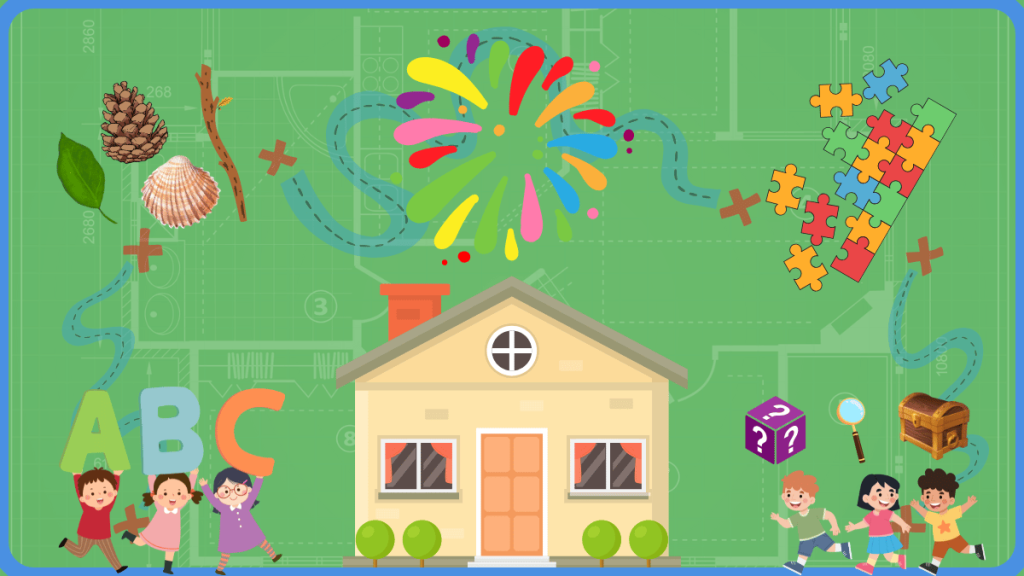
Keeping kids entertained indoors doesn’t have to mean more screen time. With a little creativity, scavenger hunts can turn a regular day into an adventure full of learning, laughter, and teamwork. Whether you have toddlers or tweens, these five fun and easy indoor scavenger hunt ideas are sure to spark excitement.
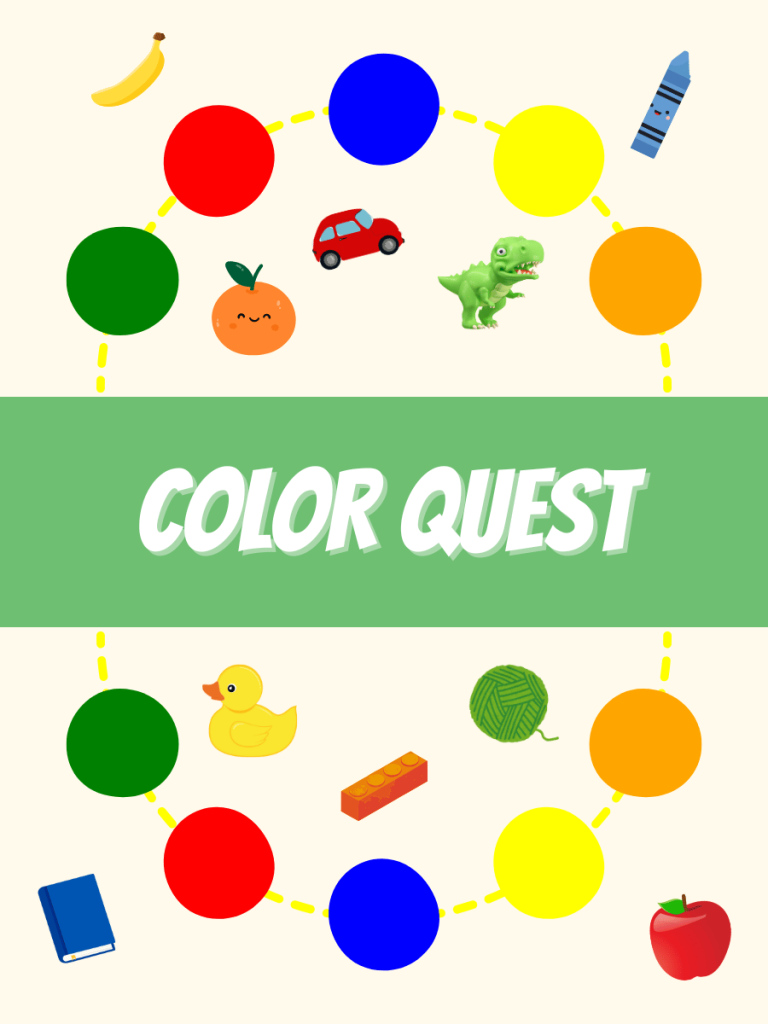
1. Color Quest
Perfect for ages 3 and up
Sometimes, the simplest ideas are the most fun. In Color Quest, kids race to find objects that match a list of colors.
How to play:
Prepare a list of five to ten colors. Start with easy ones like red, yellow, and green for younger children. Older kids will love the added challenge of shades like turquoise, silver, or even multicolor. Make sure that an object is availble for each color you set on the list and that they are not all in one place. It would probably be annoying putting purple on the list and not having anything with that color. Once everyone has their list, set a timer and let them hunt! This can be a competition between individuals or small teams. You could even create one for a single kid. Players can either bring the objects to a central spot or take photos with a phone or tablet.
Why it’s great:
This hunt sharpens observation skills and encourages kids to notice the colorful details in their surroundings.
Make it harder:
Add a rule that no two objects can be from the same room!
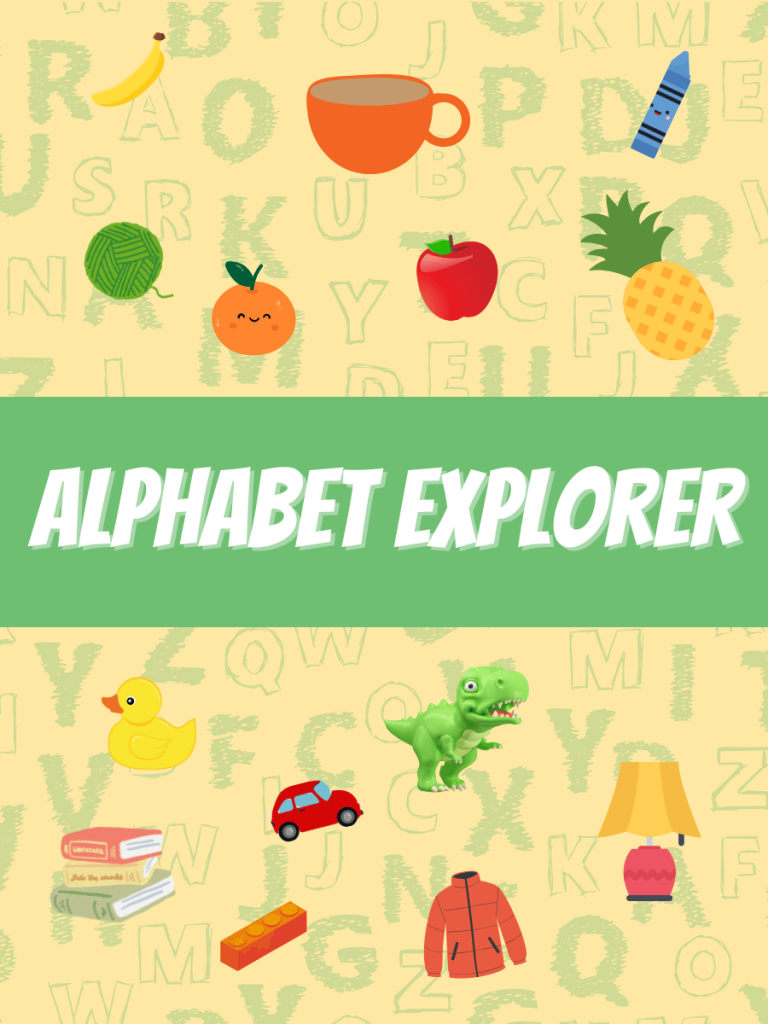
2. Alphabet Explorer
Great for ages 4 and up
Alphabet Explorer combines a classic scavenger hunt with a literacy boost.
How to play:
Challenge children to find objects around the house that start with each letter of the alphabet. For younger kids, stick to a smaller set of letters (like A to H). Older kids can attempt the whole alphabet or even come up with two items per letter for an extra brain workout. Example: A = apple, B = blanket, C = cushion and so on. You can find an example of each letter in the printable at the bottom of the article.
Why it’s great:
This game reinforces letter recognition, vocabulary building, and creative thinking.
Extra challenge:
Set a time limit or require that each item be from a different category, that is food, toys, clothing, etc.
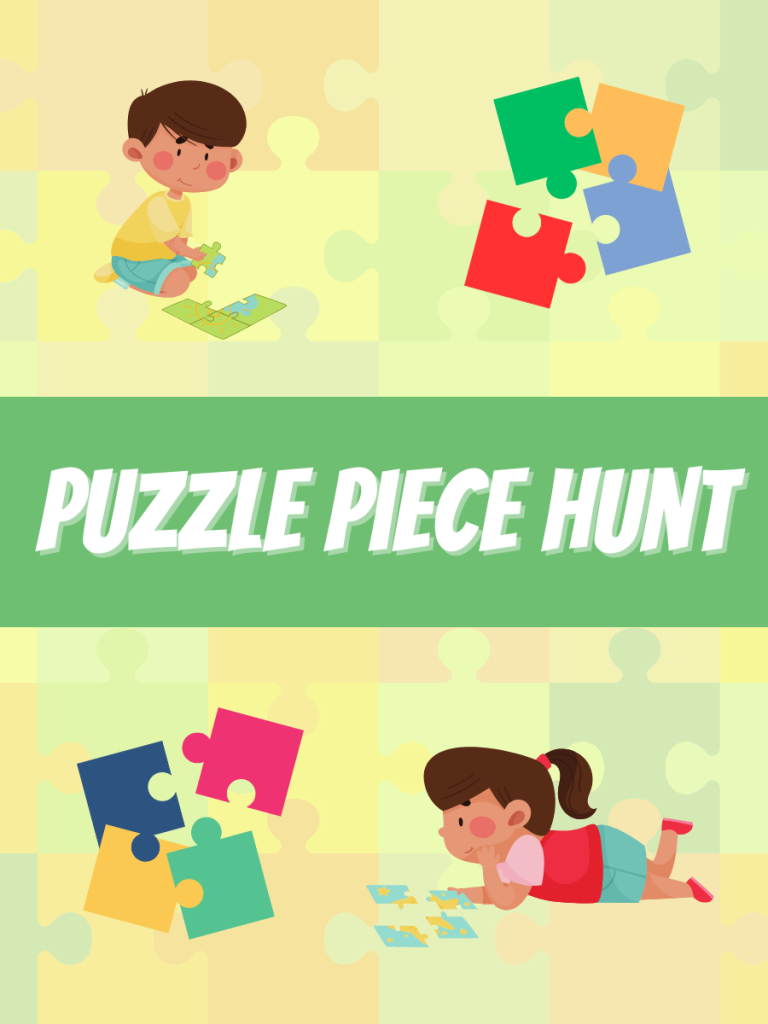
3. Puzzle Piece Hunt
Best for ages 5 and up
Part scavenger hunt, part teamwork challenge!
How to play:
Choose a simple puzzle (12 to 48 pieces works well depending on your child’s age). Before the hunt starts, hide the pieces in safe, reachable spots around the room or house. You could even put them in few piles or bags. That way you could make them collect a 100 piece puzzle or more. Give the kids a list of how many pieces or piles to find. Once all the pieces are collected, they work together to complete the puzzle.
Why it’s great:
The hunt encourages movement and observation, while the puzzle promotes teamwork, patience, and problem solving.
Pro tip:
For multiple kids or teams, use a larger puzzle or divide them into teams with separate puzzles to avoid competition turning into frustration. Mark the piles with colors or names so that they’re not collecting each other’s puzzle.
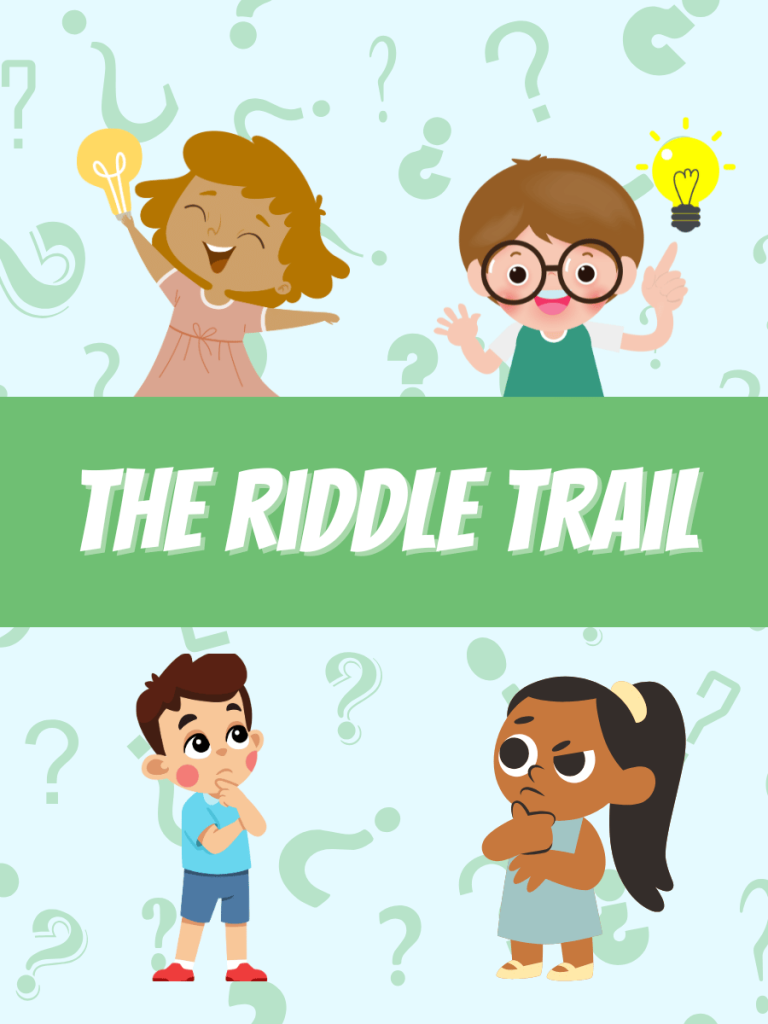
4. The riddle trail
Ideal for ages 6 and up
Turn your house and/or its surroundings into a mystery-filled landscape with a riddle trail.
How to play:
Prepare 5 to 10 simple riddles that lead from one clue to the next. Each solved riddle brings kids closer to the final prize that could be a favorite snack, stickers, or small toys. Example clue:
“I’m cold and keep your veggies fresh. Look inside me where the carrots rest!” (Answer: fridge.)
Why it’s great:
Riddles stimulate critical thinking, reading comprehension, and problem-solving. Plus, the thrill of following a trail keeps kids engaged from start to finish.
Helpful tip:
If you have early readers, consider using picture clues instead of written riddles or pair younger kids with older helpers.
If you need some assistance creating riddles you can go to this website.

5. Indoor Nature Hunt
Fun for all ages
Bring a little outdoor magic inside, no matter the weather.
How to play:
Create a list of nature inspired items for your kids to find indoors. Ideas include pinecones, seashells, smooth stones, leaves (real or artificial), sticks, or objects with nature designs like floral cushions or wildlife figurines. You can also include challenges like “find something that smells like flowers” or “find something green.”
Gathering things beforehand could take some time but it is definitely worth it given the nature curiosity it might bring.
Why it’s great:
This hunt encourages curiosity about the natural world and can easily connect to lessons about plants, animals, or the environment. This could easily be the beginning of a future trip to the forest or to the shore.
Creative twist:
Ask kids to create a “nature display” afterward using their found objects.
Scavenger hunts aren’t just fun, they build skills like problem solving, observation, vocabulary, and teamwork. Try mixing and matching these ideas or even letting your kids design their own hunts once they’ve gotten the hang of it!

Written by the TimeForFam Team
We explore, review, and share the best in family entertainment so you can skip the research and jump straight to the fun.
Read more about us here
You might also like
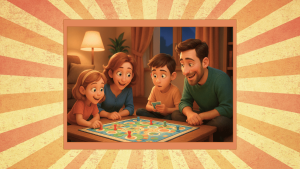
5 Great Board Games for Kids That Parents Actually Enjoy Too
Looking for board games that both kids and parents enjoy? These five titles offer fun, strategy, and replayable play for families, all with tutorial videos you can watch first.

Father–Son Activity Day: 15 Simple Ways to Bond, Build, and Have Fun
Looking for simple ways to bond with your son? These easy, themed activity ideas help you build, play, and connect without pressure or overplanning.

Family Movie Night Theme Ideas That Make It Extra Fun (Snacks, Decor, and Movie Ideas)
Turn a regular movie night into a fun family event with these easy themed ideas, complete with snacks, simple decor, and just the right amount of magic.
